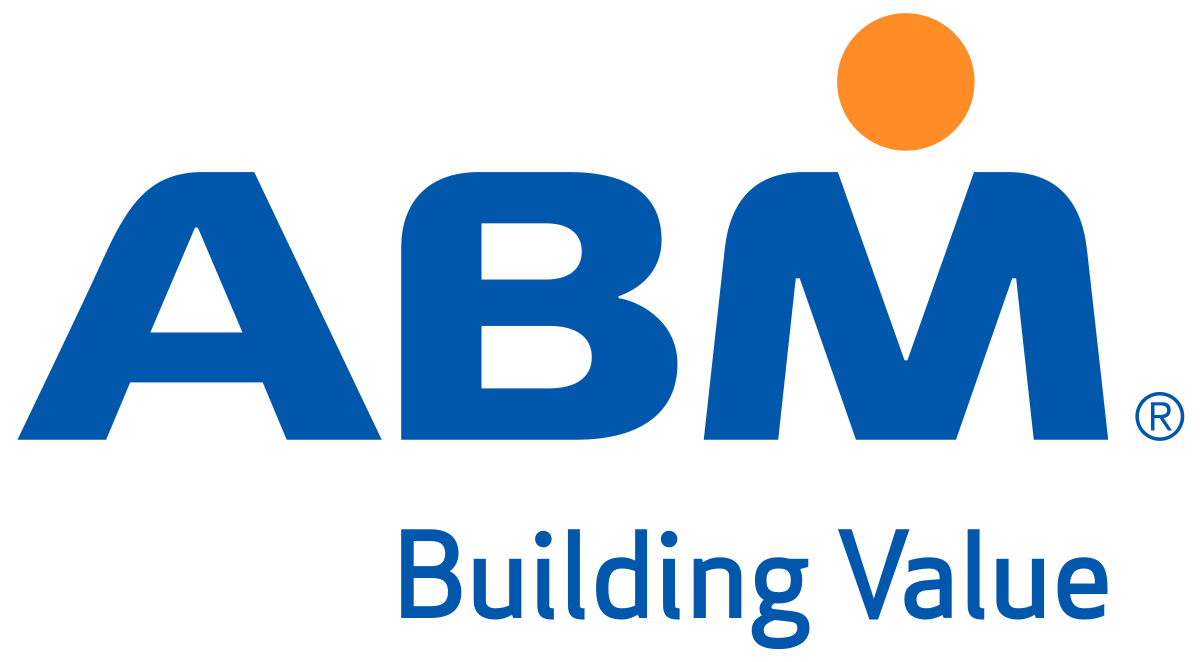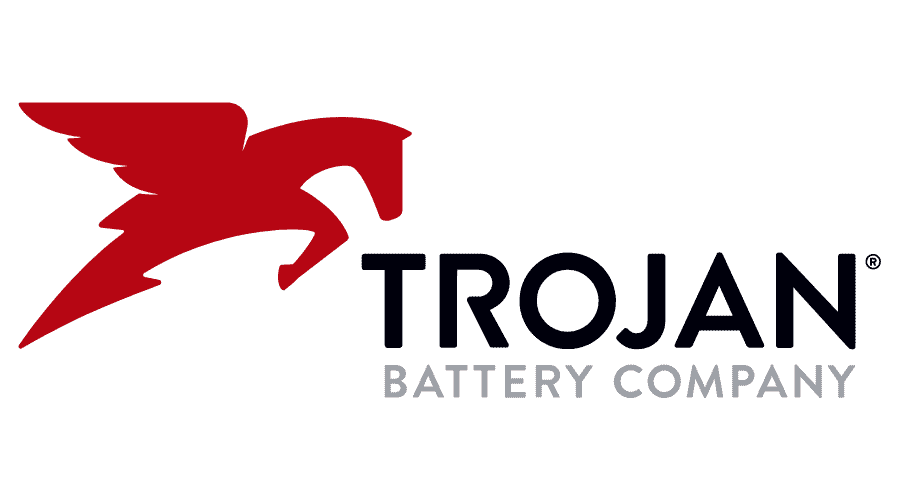April 28, 2006—For the design and construction of its buildings, the US Army has announced that it will transition from its own Sustainable Project Rating Tool (SPiRiT), in use since 2002, to the Leadership in Energy and Environmental Design (LEED) Green Building Rating System, beginning in 2008.
The Army’s goal in transitioning from the SPiRiT rating system to LEED is to integrate the principles and practices of sustainability on their installations as they minimize the impacts and total ownership costs of Army systems, materials, facilities, and operations. The Army will be required to build all their new construction projects to the LEED Silver standard.
Created by the US Green Building Council (USGBC), the LEED Green Building Rating System is a voluntary, consensus-based national leadership standard for developing high-performance green buildings. LEED buildings reportedly demonstrate better life cycle economic performance than convention construction, use less energy and water, and have a smaller environmental footprint.
The federal government, the nation’s largest building owner, has been among the top users of the LEED rating system, and has also helped to develop and improve the rating system. The US Navy, Air Force, and General Services Administration, Department of State, and Department of Energy all use LEED for the design and construction of their buildings. Seven percent of the LEED projects that are currently in construction are owned by the Federal Government.
For more information on the LEED system or other LEED-certified projects, visit the USGBC Web site.




